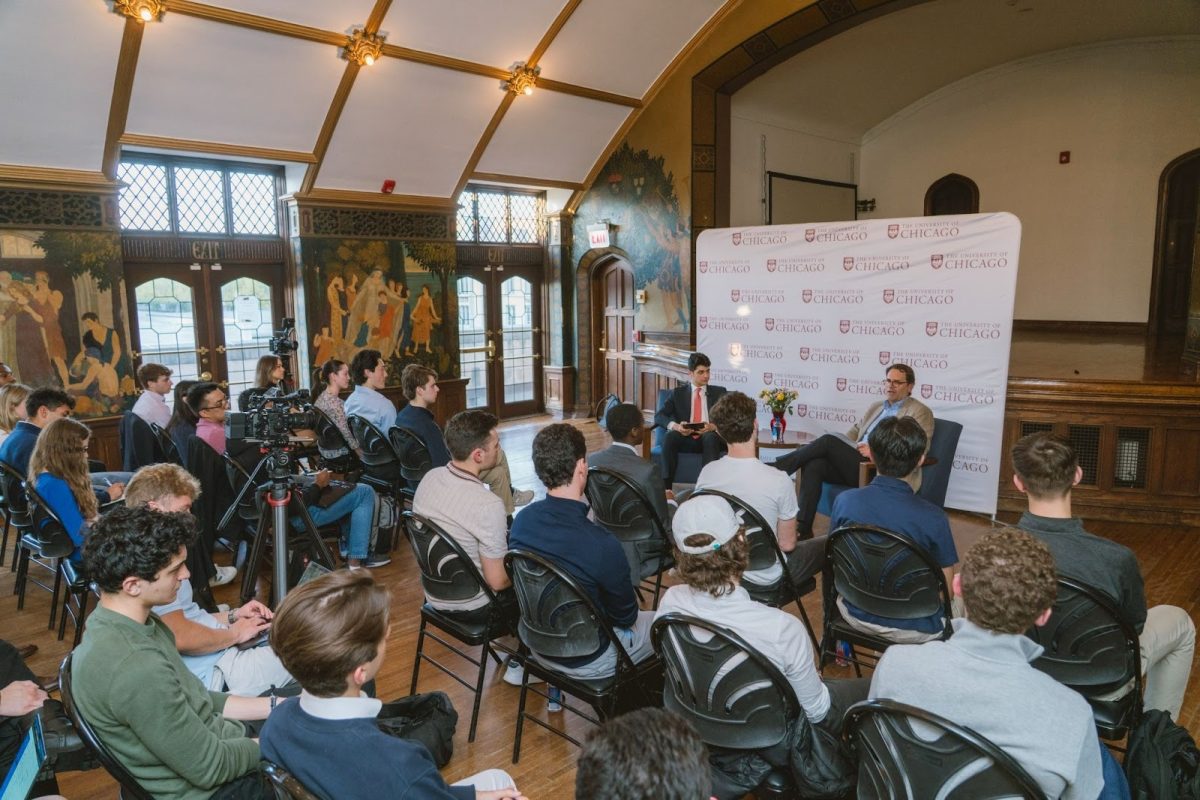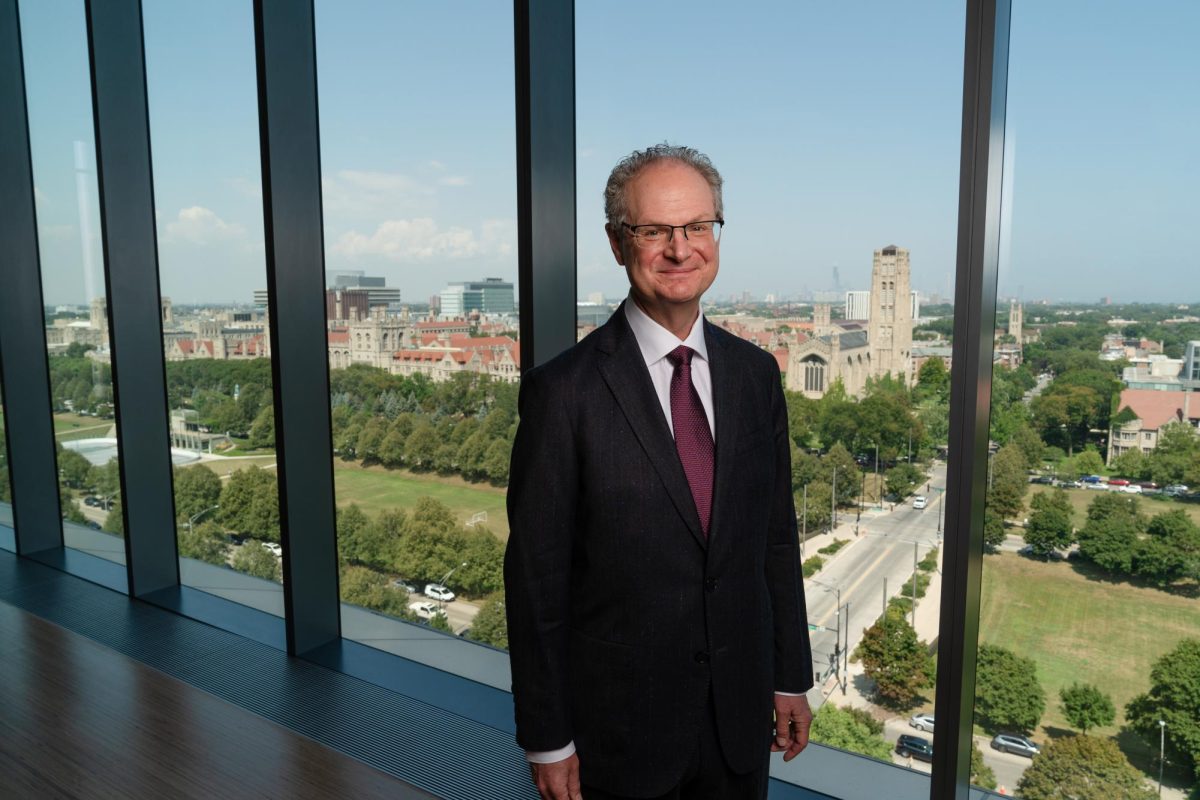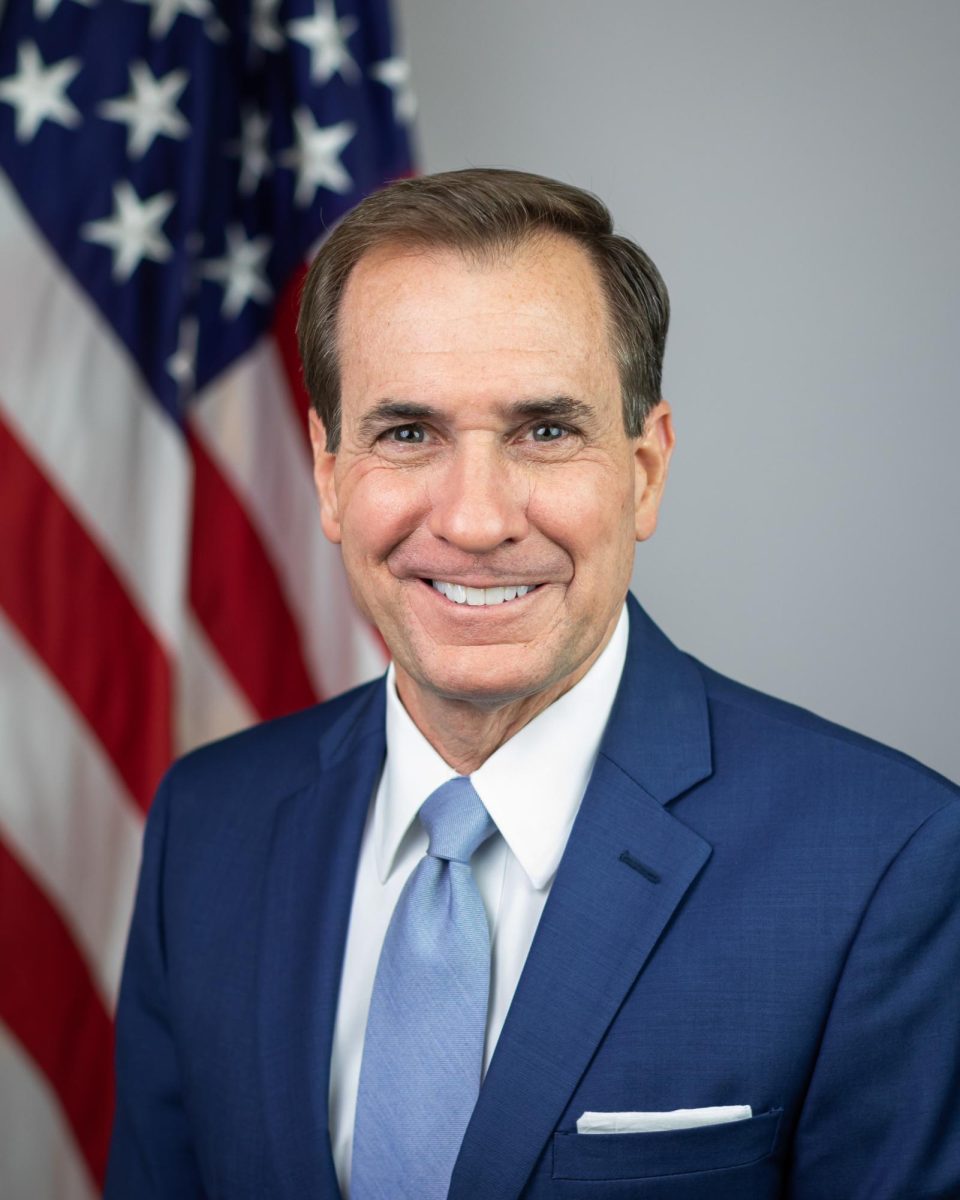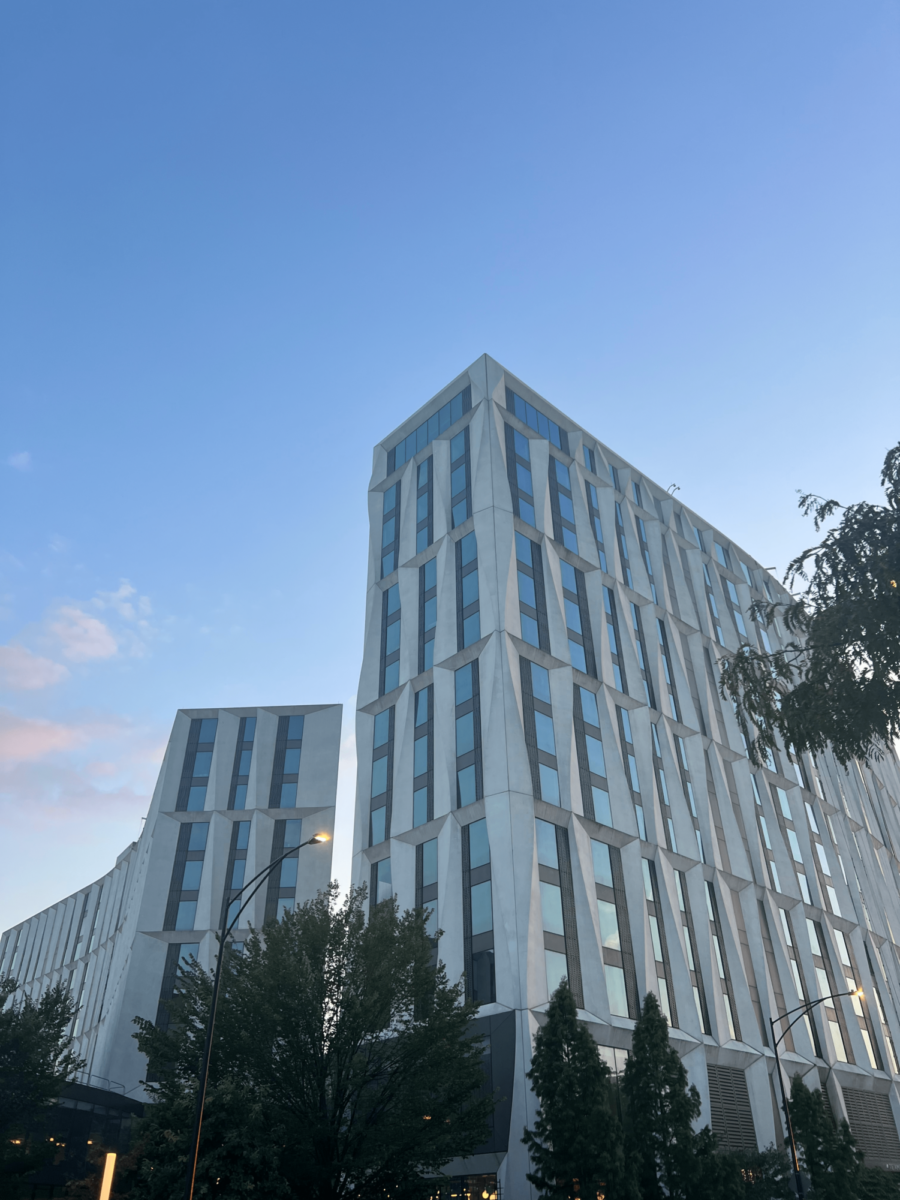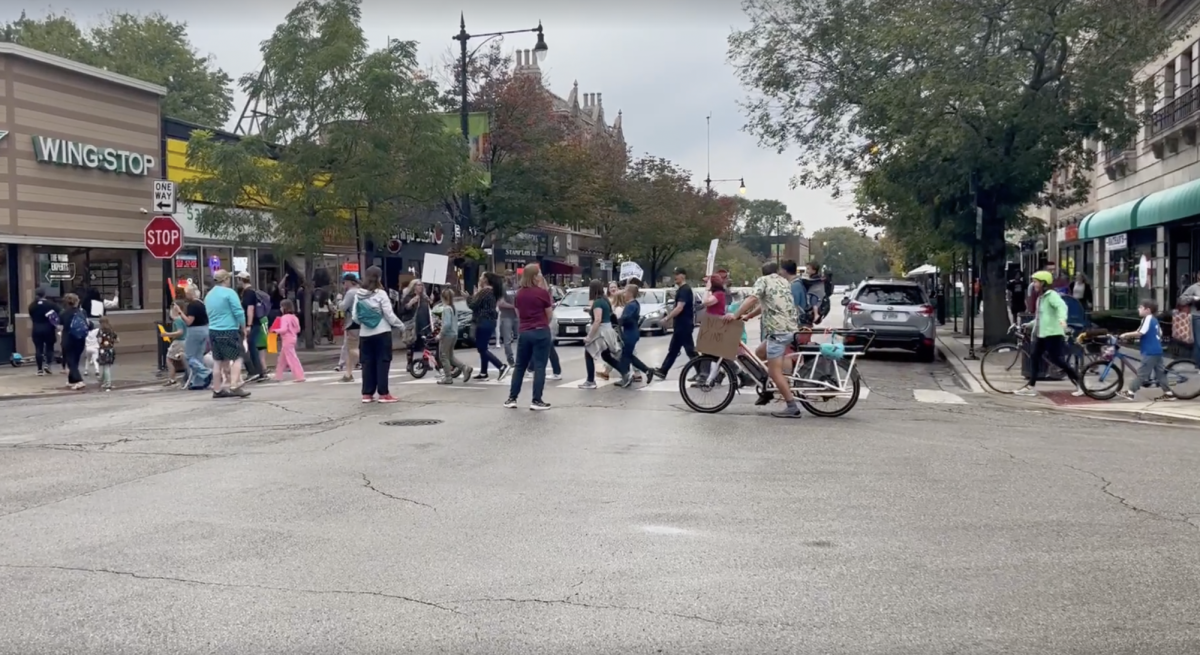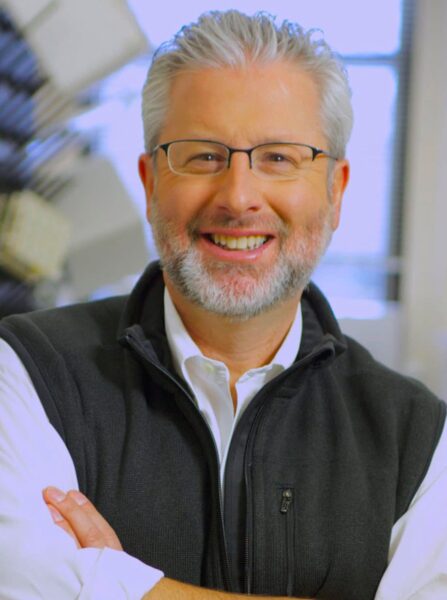
Neil Shubin, the Robert R. Bensley Professor of Organismal Biology and Anatomy and associate dean of basic science research and academic strategy, was nominated on July 14 by the Council of the National Academy of Sciences (NAS) to serve as the next president of the NAS.
Shubin spoke with the Maroon on July 24 about how his experience as an educator at UChicago has helped shape his interest in science communication and his goal to make NAS reports readily accessible to the American public.
Shubin, an elected NAS member since 2011 and a UChicago faculty member for 25 years, will replace current NAS president, Marcia McNutt, following a ratification vote in December. Previously, Shubin has served as the chair of the Department of Organismal Biology and Anatomy in the Pritzker School of Medicine, provost at the Field Museum of Natural History, and an interim co-director of the Marine Biological Laboratory.
The NAS, established by Congress in 1863, is tasked with advising the federal government on science and technology. The NAS, along with the National Academy of Engineering and National Academy of Medicine, jointly manage the National Research Council (NRC), which reports on subjects ranging from space exploration to climate change. These studies can be performed either at the request of the federal government or determined by the NRC to be of public interest.
Shubin reaffirmed the importance of this mission of U.S. scientific inquiry in the midst of the intense scrutiny on science and academic research marked by federal funding freezes and cuts.
“It’s an extremely challenging time for science within institutions and science funding, and I feel like this is quite a propitious moment to step up and support many of the values that are important and [much] of the work that has been so transformative for our society,” Shubin said.
Science, according to Shubin, has the capacity to address the need for impartial, nonpartisan evidence in decision-making. He views science as a relief to an increasingly partisan American public.
“The challenge may be… that almost everything in our society is interpreted through a partisan lens,” he said. “Nowadays, I mean, the brand of car you drive [or] the type of insulated mug that you drink out of is viewed through a partisan light.… But I do believe one thing that does appeal to our higher nature is the importance and power of evidence in higher decision making.”
As NAS president, Shubin hopes to expand public-facing science communication. He described the NAS’s work as a process that “approaches the main problems of our society, which are strictly evidence based.” He sees the NAS as being in a unique position to make science more available by sharing the consortium’s reports to the public.
For Shubin, communicating science topics to a wider audience will require presenting information in an easily digestible way. This may be as simple as redesigning the home page for NAS’s website.
“If you go to [NAS’s] web page, it’s like [going on] the internet in 1998. There’s so much there, but you can’t find it. It’s like [it was made] pre-Google,” he said. “We want to basically allow people to navigate and find… relevant information [from] reports we’ve done for the government over the past decades, which can really bear importantly on people’s lives.”
Shubin also believes the NAS’s strategy for conveying its reports to the public has to adapt to new channels of communication. “[We need to] digest what we’ve done for our reports to the government [for] new media…like Tiktok, Reddit, YouTube, and podcasts,” Shubin said. “A lot of it is re-rigging much of the communication apparatus” so that the National Academy can meet the information age.
An emphasis on “meeting [Americans] where they are at,” he said, goes back to his experience as an educator at UChicago. Shubin’s research over the past 25 years has included fieldwork in Canada and Antarctica, requiring him to bridge different perspectives and approaches between the field and the lab, he explained.
Having diverse audiences has made Shubin a more informed educator. “My research, teaching, and administration has taken me all through the different tendrils of UChicago relationships, and it just shows the power of interdisciplinary thinking and the power of developing relationships with different kinds of organizations,” he said.
In particular, Shubin sees parallels between his topics course for non-biology majors, ‘Your Inner Fish’: The Deep History of the Human Body, and what he plans to prioritize during his tenure as NAS president.
“These [non-biology-major] students are approaching material that matters to me for the first time, and so learning to communicate that material to this kind of audience is just a [powerful] laboratory to test and develop… your own skills as a communicator, to tell the stories of science, [and] to help distill science in a way that will stick to them years after the course,” he said.
Likewise, the NAS can use the classroom as a theater of learning for younger audiences. “One of my most immediate goals is a simple one: bringing NAS members into classrooms around the country,” Shubin said. “Then I’d want to work with the NAS on one side, and the National Science [Teaching] Associations on the other, to work to develop experiences that teach the process of science more fully in the classroom.”
Shubin intends to continue teaching his Core biology course, The 3.5–billion Year History of the Human Body, in 2026 as he transitions to his new role at the NAS. He will end his tenure at the University and fully transition to his role as president at the end of the 2025–26 academic year.
Making the transition won’t come without its own challenges. Reflecting on his move to the capital with the current political climate, Shubin said, “It is, of course, easy to joke that the survival lessons in the extreme environments of Antarctica and the Arctic may help me weather D.C.”



